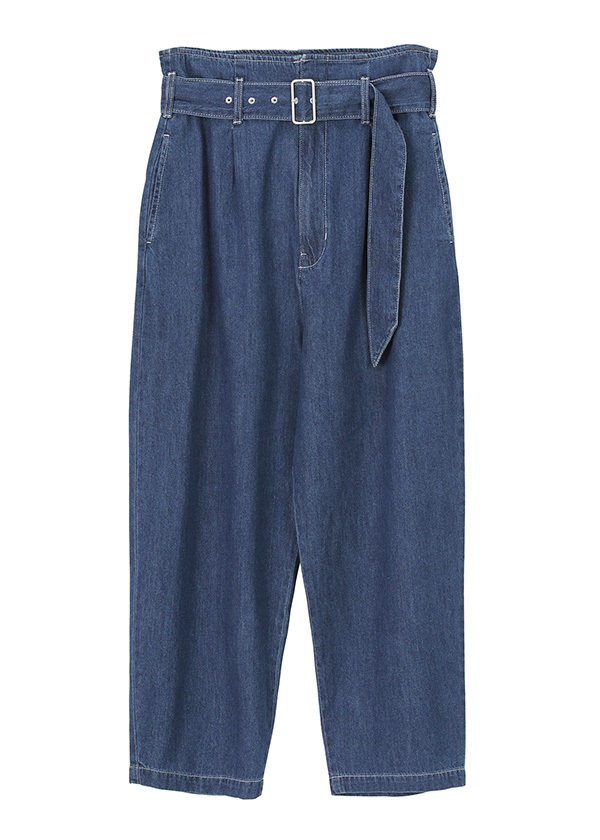The new categorising
A human need or an empty extremization?
The new categorising, or the need to assign labels in which a specific group should fit, is growing hugely. Genderless, sustainable, recycled, upcycled, inclusive – these are some of the labels popular in fashion.
We see pretty, or less pretty, boxes clearly labelled, but they seem so fake.
Categorising: a marketing byproduct
Why are brands obsessed with putting labels on their work? And, in parallel, why do people need labels? To identify themselves? or to be represented?
Jean-Paul Gaultier created the majority of the fashion topics that are trending now. But there was no label to claim during the ’80s and ’90s in the fashion field. Indeed, it was a work of freedom, both from the designer’s viewpoint and those who used to wear his clothes.
Jump to 2022, and the need for labelling exploded. Genderless and sustainable are the most popular ones. Every brand is genderless now! But also, recycled or upcycled are on top.
Obviously, it’s a trend.
Coming from a family of seamstresses, disassembling a pair of trousers to make a skirt, or transforming a shirt into a blouse was a daily matter. Which is the point of upcycling and recycling.
Moreover, in our boutique, we always proposed men’s items for women, as we sold female items to men, but we never felt the need to categorise. Which is the point for genderless, inclusion, diversity.
Even though about five years ago, we started focusing more on genderless or recycled as valuable concepts, now brands overuse them. Indeed they became so mainstream that they are abused. Intentionally misleading, as in the case of sustainability.
We are not happy to be classified. So we wonder, what happened recently?
We think the less we find meaning in brands and their products, the more they need to place labels in order to make stuff easy to market.
The supply is way bigger than the people in the world who can purchase products (who represent the demand). So, to reach the masses, brands lowered the bar. And the more they lower the bar, the less value they offer. Here comes the need for marketing and labelling.
Labelling is an attempt to legitimise and promote an empty system. They legitimise instead of offering what really matters, the content.
The new categorising Read More »
